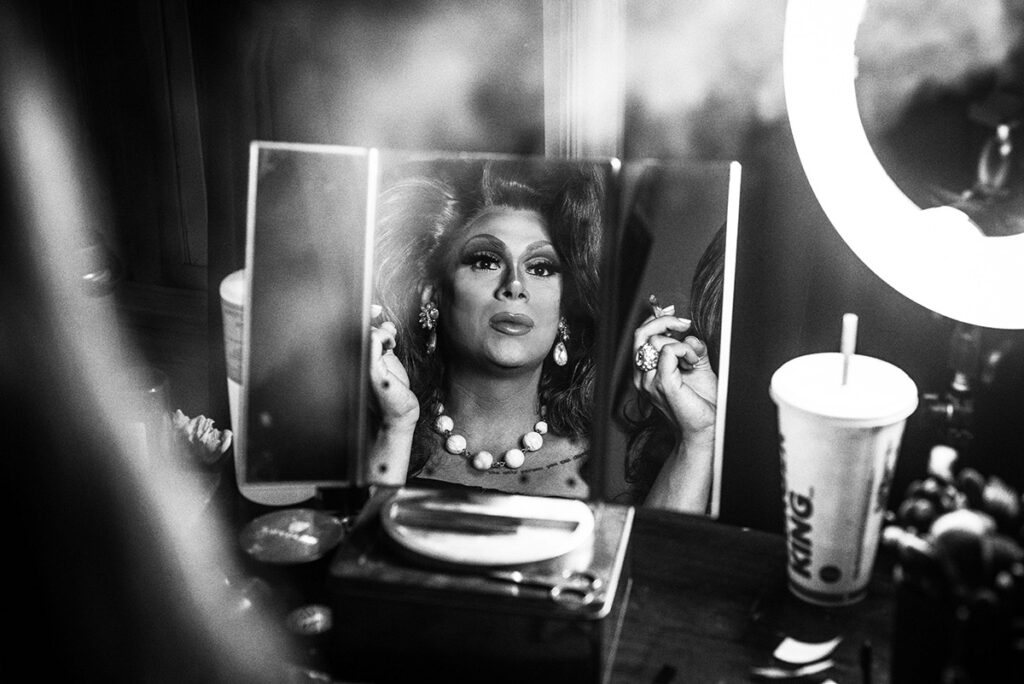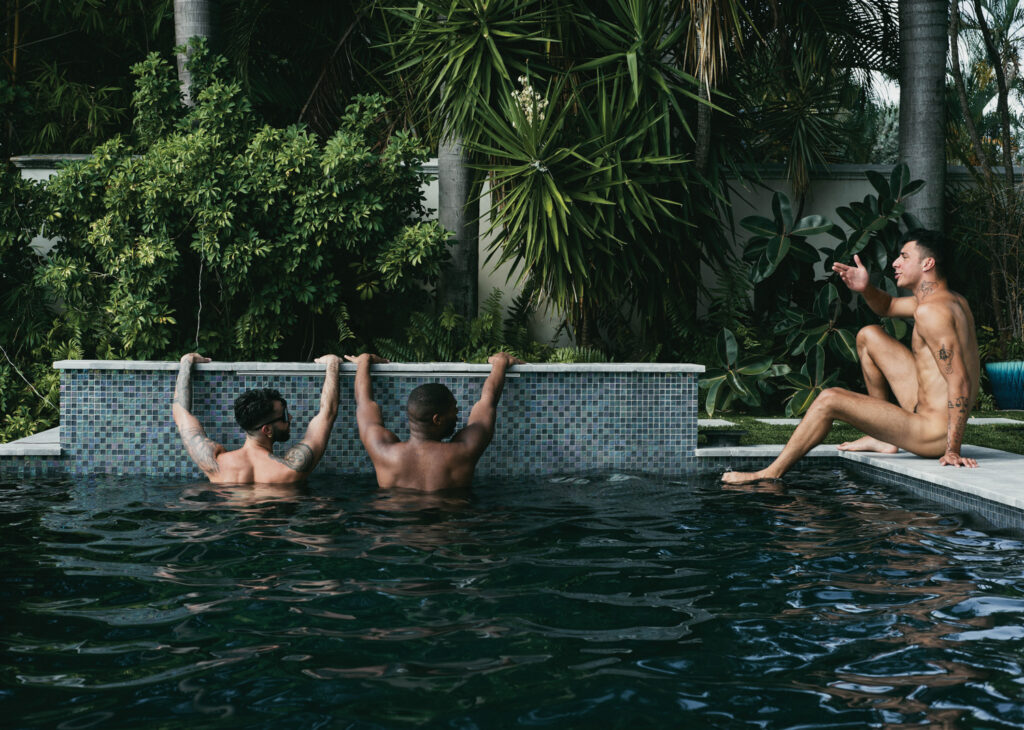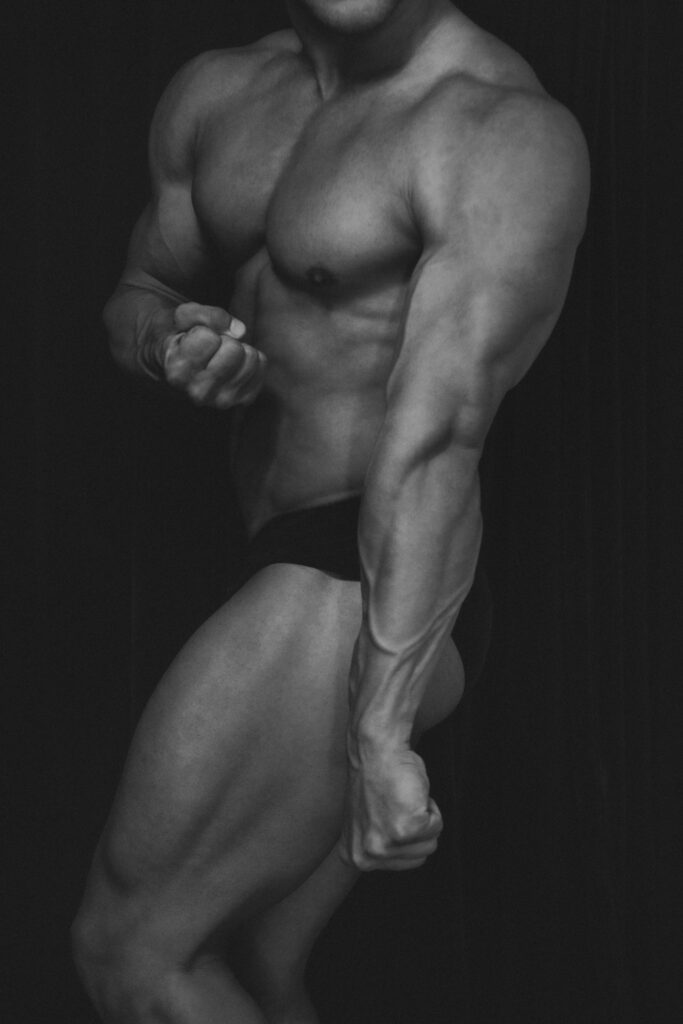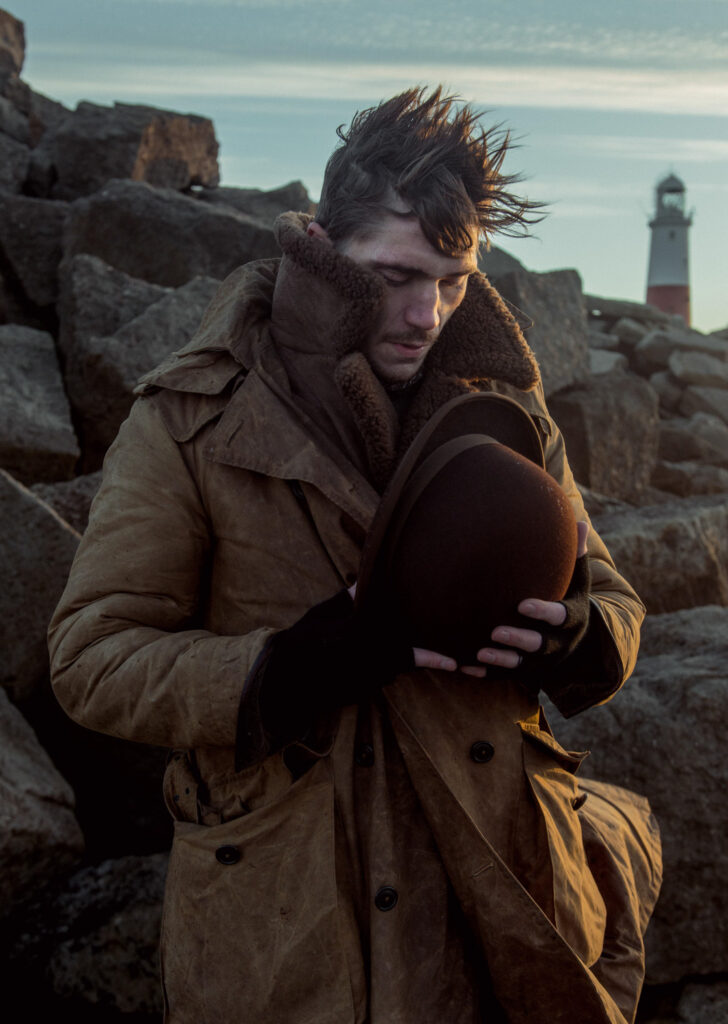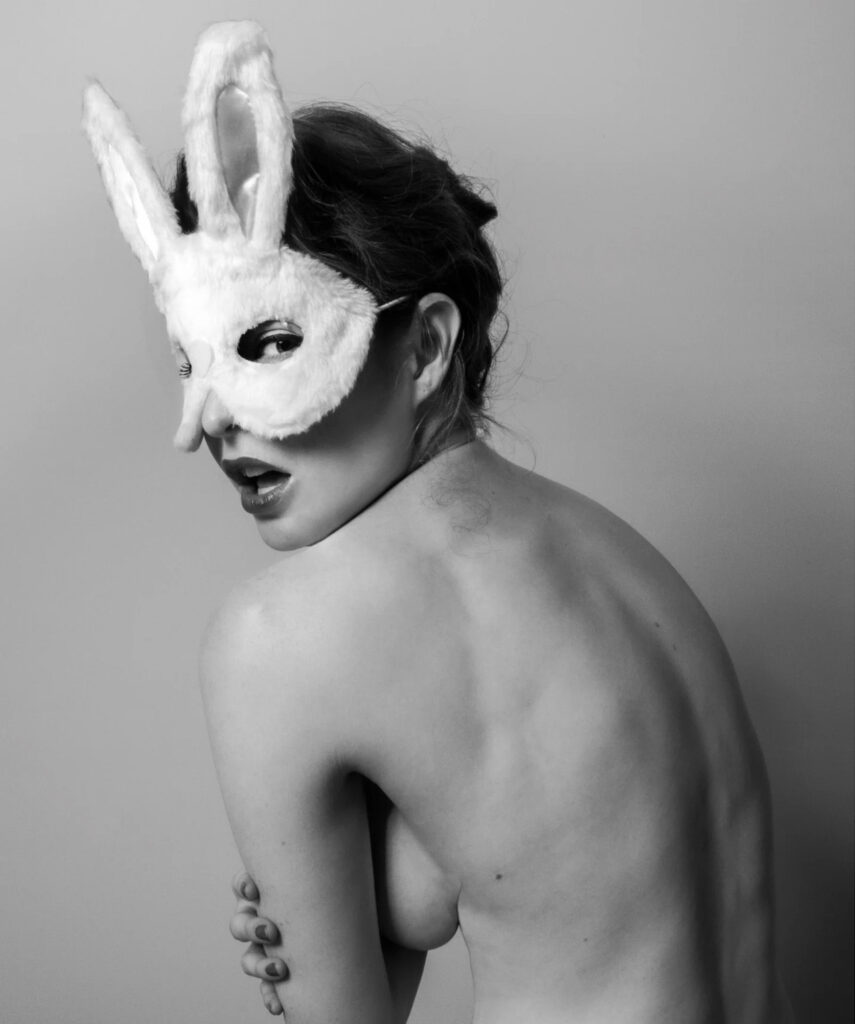Originally from Dublin, Charles Moriarty moved to London at the age of 18. In 2003, he began working as a stills photographer in the music industry and on the London social scene. He has worked with Amy Winehouse, Hercules and Love Affair, Perry Farrell, the TATE, BFC, USB, VICE, DIESEL, Damon Albarn, 1814 Magazine, Flaunt, High Snobiety, METRO, and many more.
Charles was also the stills department manager for Lucasfilm’s ‘Star Wars episode VII, The Force Awakens’. In 2017 he self-published his first book, Before Frank, revealing for the first time many of his unpublished photographs of Amy Winehouse. In 2018 the book was re-published by Octopus under the new title ‘Back to Amy’. This included more than 50 new photos, plus insightful interviews with people close to the singer.
In 2021 he published his second critically acclaimed monograph, ‘X’, which was shortly followed by ‘Photographers on the Art of Photography’, published by ACC Art books. Charles continues to shoot, specialising in advertising, editorial, portraiture, and live performance photography.
He was shortlisted for the British Journal of Photography’s ‘Portrait of Humanity’ award 2022.
His work is part of the permanent collection at the National Portrait Gallery and exhibited globally. Today he is currently working on several new publications expected in 2025.

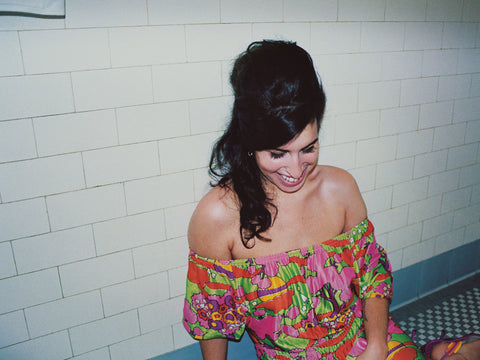
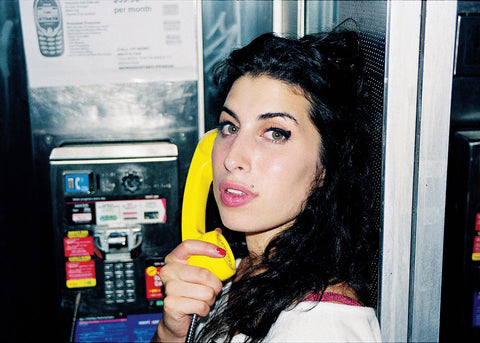

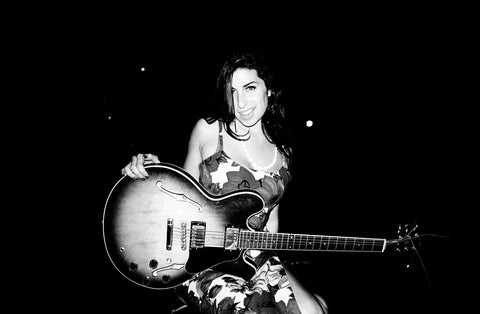
You began working as a stills photographer in the music industry in 2003. What initially drew you to music photography, and how did you break into the scene?
Photography had been a hobby, and music was something I loved, both as a classical musician up until 18 and then as someone who just hunted good music in record stores. The idea of music photography had never really entered my head, not until Amy. Up until then I had wanted to work in the film industry and had done various production jobs. Photography was just for fun and a way for me to skirt around my shyness. People don’t believe me when I tell them I used to be the quiet lad who hid in corners.
You’ve worked with a variety of well-known figures, including Amy Winehouse, Damon Albarn, and Perry Farrell. How do you approach photographing such diverse and iconic subjects?
I approach most subjects the same and try to treat them as I would a friend. But there is a degree of nuance to every situation. I think that starting off by listening respectfully, and being kind gets things moving in the right direction. Sometimes I feel intimidated, but time is generally not on my side so I keep focused on the brief and find something to bring us together. I was very lucky when I worked with Amy because both of us were extremely green. Our naivete worked for us and we had a lot of fun. Later on with Damon and Perry things were trickier as these individuals were much more established and there was considerable pressure. So much of it comes down to how much someone is willing to give you. I was on tour with Perry, which helped immensely, we had time to get to know one another.
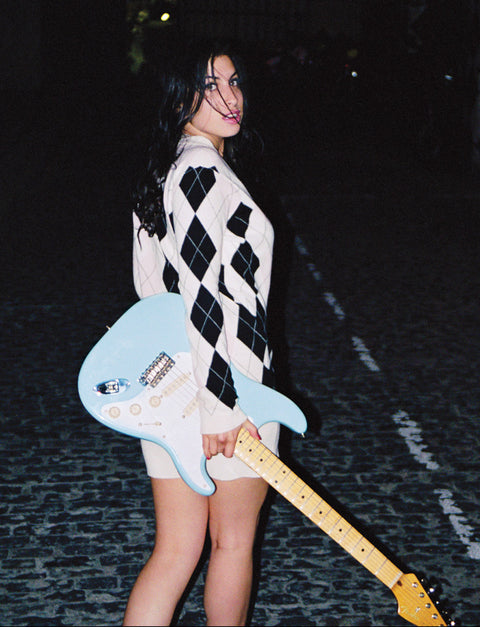


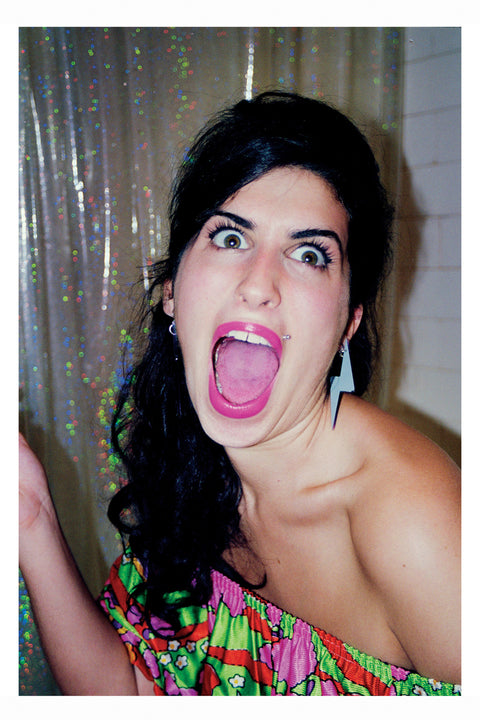
As the stills department manager for Star Wars: The Force Awakens, how did that experience differ from your typical work in music and editorial photography?
The big difference was that I didn’t take any of the photographs during episode 7. My job was to safeguard the work of my team of photographers; David James, John Wilson and Jules Heath. They were the main stills photographers for that instalment of the franchise. I oversaw the archiving of the work, and on a day to day basis kept the photography studio running smoothly and all of my photographers happy, if they needed something I took the request to production and we went from there. I would also liase with Vanessa Davies the unit publicist and tried to provide her with anything she needed.
There was a lot of pressure to keep as much information out of the public domain as possible. If any leaks occurred I would have security knocking on my door first thing, which could be a little scary.
Thankfully none of the leaks ever came from my department or Pinewood studios. It was a real privlidge to be part of something at that level and so cultural embedded.
What are some key elements you focus on when capturing a portrait, especially when working with high-profile individuals?
I continually return to ‘intent’ when taking a portrait. What am I taking this picture for? Who am I taking this picture for? If there’s a brief that a publication or client has provided? If the person is high-profile I would look at their current public standing. Is this individual currently trying to tell a story in the media? Or promote something? The reality with high-profile individuals is that you often only get 10 minutes. So I would focus on getting the best light and the best composition. Sticking to a tight or mid shot, unless the subject has been styled for a full length. If one is lucky things like concept can be floated, but there likely isn’t time unless it’s something simple and you are very prepared. Being prepared often gives you the time to try something.






Your work has been exhibited globally. How do international audiences respond to your photography compared to those in the UK, and do you notice any differences in reception?
My work with Amy Winehouse tends to bring about a similar response everywhere. There are always bitter sweet tears, which is the most appropriate response, but there is also a degree of Joy to see her at a time in her life when she was still the girl from north London, still Amy and not yet Amy winehouse. Regarding everything else, the reception is normal one of enjoyment. I’m often trying to take people on a journey with my work, which can at times seem disparate, but honestly it all ties in to one strong thread.
You’re currently working on several new publications expected in 2025. Could you give us a glimpse into what these projects will focus on and how they differ from your previous work?
In January 2021 my third book ‘X’ was released and I’m currently working on it’s companion ‘Y’. If everything goes according to plan it will be released in Spring. X was all about men and intimacy, and its counterpart is having a similar conversation but I think it will be broader and encompass a lot more of the variations in my work. I’m also working on a podcast to follow up my book Photographers on the Art of Photography published by ACC art books. In 2019 and 2020 I got to meet 19 incredible photographers, like Norman Seef, Douglas Kirkland and Gerd Ludwig, and one gallerist/curator, Brandei Estes, to talk about photography from their individual perspectives. Understand how people consume their information these days, taking this and turning it into a podcast feels right.


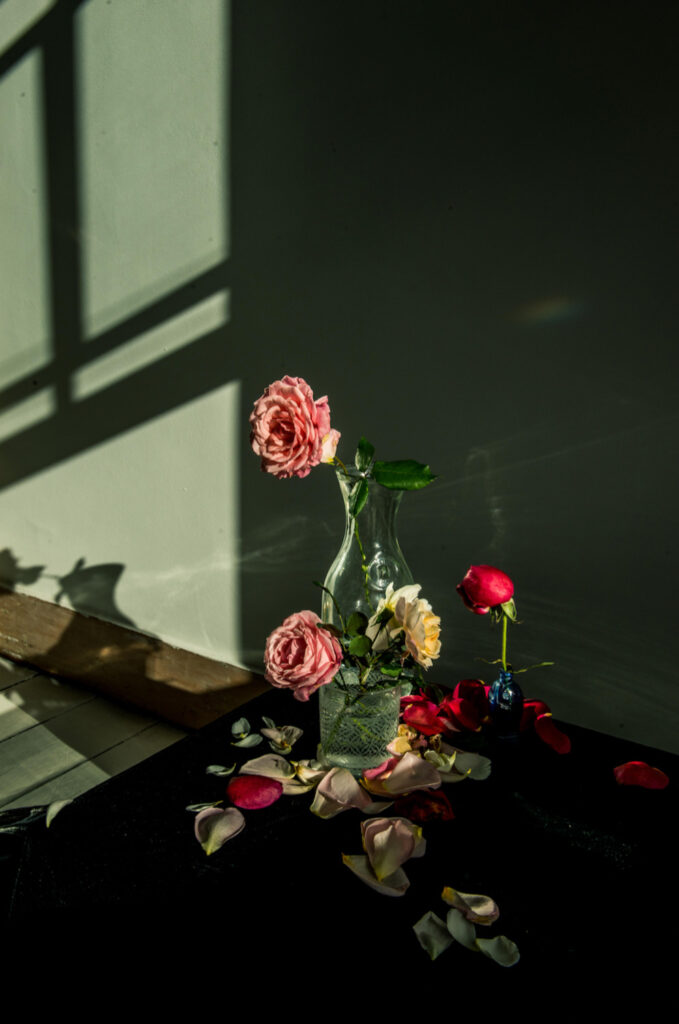

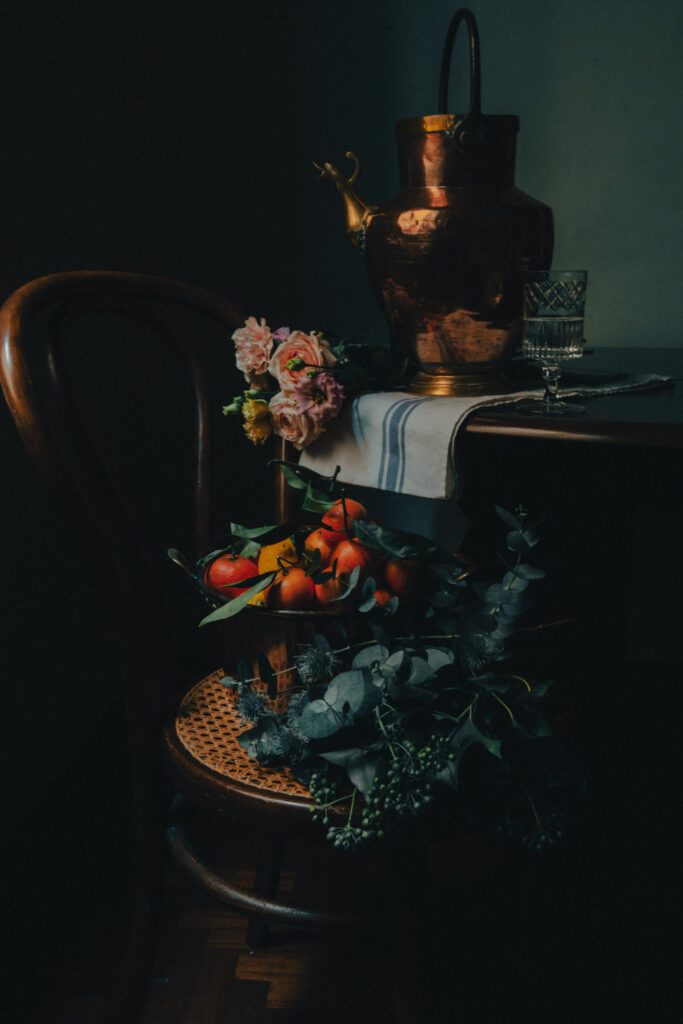

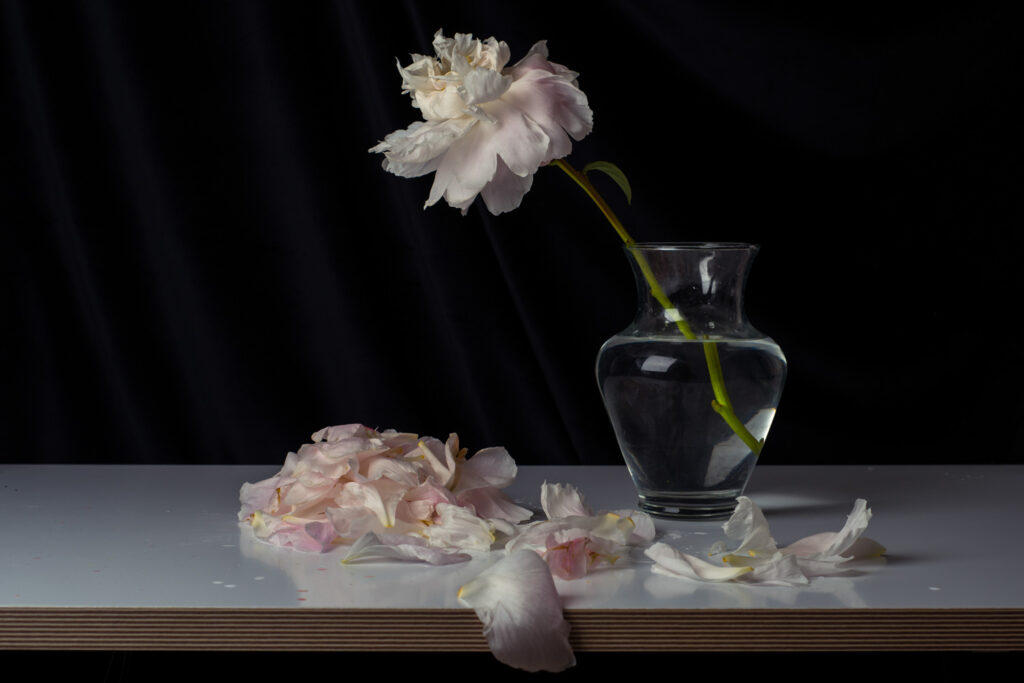
What experience do you have with Los Angeles – especially the art scene?
The first time I visited Los Angeles I was in my early 20’s and hated it. I didn’t understand it or have the connections needed for it to be understood. I was an impatient outsider. But at some point I fell in love with the city and found a group of friends I consider family. I almost moved in March 2020 but … As far as the art scene goes my experience with it is extremely limited. I’ve been to Lacma and a few other museums but that’s it.
Are there any specific pieces of your work that haven’t been shown in LA before that you’re excited to introduce?
Well I think I’m an unknown in Los Angeles. Although some people will be familiar with my early work of Amy Winehouse, which I always enjoy sharing, as people loved her so much. Im excited to also share my back catalogue of work which encompasses Still Life, portraiture and landscapes.


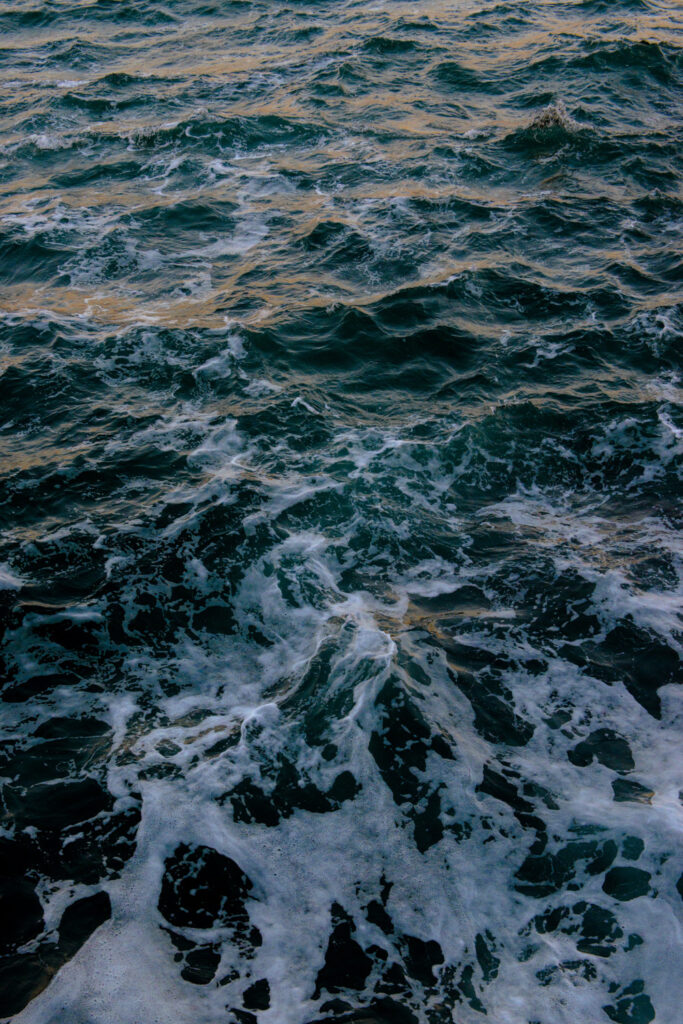

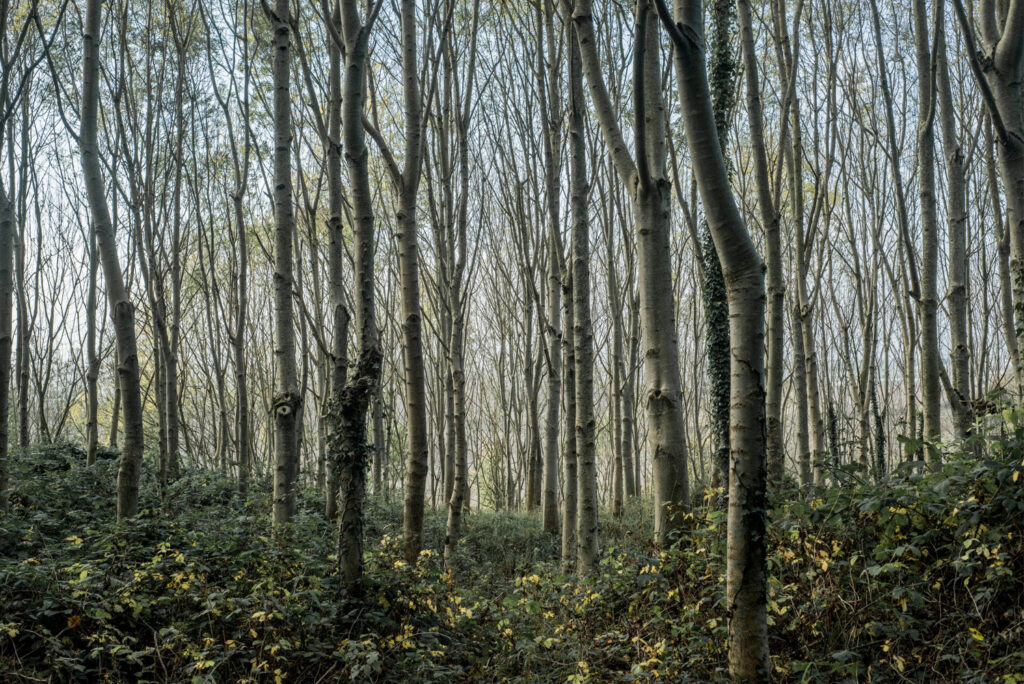

Also, congratulations on your recent signing with Art Solutions—can you share what this new partnership means to you and what exciting projects we can look forward to in the near future?
Thank you, it’s very exciting and I’m really looking forward to bringing my ideas and journey to the walls of LA with Art Solutions. I’m currently spinning a lot of plates so you’ll have to watch this space to see what lands.

